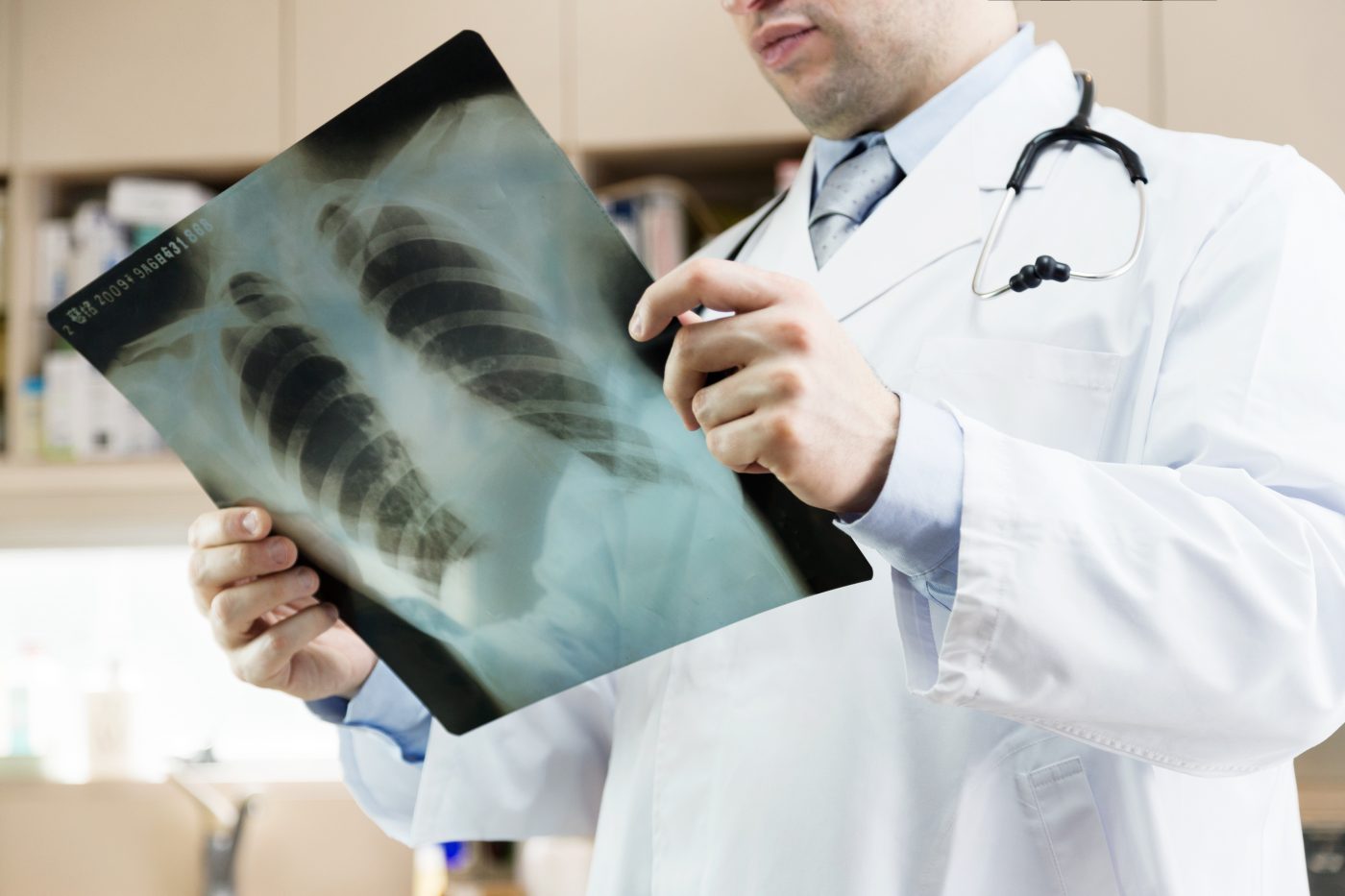Pulmonary Fibrosis Assessed Using Novel X-Ray Imaging Technique

In a recent study in the journal Scientific Reports, a team of researchers demonstrated the use of a new imaging modality that might detect and monitor fibrosis in the lungs of patients with pulmonary disorders and reduce the number of animals required for pulmonary research studies.
The cause of fibrosis development in idiopathic pulmonary fibrosis (IPF) is not yet known. IPF affects up to 150,000 patients in the European Community, and is characterized by an average survival time of 4–5 years from diagnosis, representing the most aggressive form of lung fibrosis. Its reversal is currently impossible, and lung transplantation remains the only therapeutic intervention in end-stage IPF. In this context, new technologies for the early detection and accurate monitoring of IPF are needed.
In the study entitled “Improved In vivo Assessment of Pulmonary Fibrosis in Mice using X-Ray Dark-Field Radiography”, Dr. Andre Yaroshenko from the Technische Universität München in Germany and colleagues reported a new X-ray imaging approach that directly visualizes the air-tissue interfaces in mice in vivo. This imaging method, called X-ray dark-field radiography, is based on the detection of small-angle X-ray scattering that occurs at the air-tissue interfaces in the lung. The small-angle scattering signal is particularly sensitive to structural variations and density fluctuation on a length scale of several ten to hundred nanometers, offering a new contrast mechanism to reveal subtle structural variations in the object being analyzed.
The researchers demonstrated the feasibility of diagnosing pulmonary fibrosis based on X-ray dark-field radiographs in 10 control animals and 10 mice with pulmonary fibrosis. They showed for the first time the quantification of early fibrotic changes and their link with histological alterations, as measured by stereological morphometry. Stereology is the science of quantitative characterization of irregular three-dimensional objects on the basis of measurements made on two-dimensional sections.
According to the research team, “the presented radiography method is significantly more sensitive in detecting morphological changes compared with conventional X-ray imaging, and exhibits a significantly lower radiation dose than conventional X-ray CT [computed tomography].” The authors suggest that the new technique, offering improved imaging sensitivity, could in the future decrease the number of animals required in pulmonary research studies.






